“Put your hand on a hot stove for a minute, and it seems like an hour. Sit with a pretty girl for an hour, and it seems like a minute. That’s relativity.”
You probably remember this line from Albert Einstein.

Einstein had one of the most complex theories in human history sitting in his head, but instead of dropping equations, he gave us something that we could all understand.
So, what is the definition of analogy?
In the simplest terms, an analogy compares two different things by showing how their relationships are similar.
We all understand how time drags when it hurts and flies when it’s fun. That’s relativity, and we’ve explained this with analogies.
Analogies take something unfamiliar like blockchain, quantum physics, or bizarre “digital marketing funnels,” and wrap it in something so ordinary even your grandma gets it.
And that’s what we’re covering in this blog.
In this blog, we’re going to break down analogies, how they work, with their different types and examples.
Let’s dive in.
Key Takeaways
- What is the definition of analogy? An analogy compares two different things by showing how their relationships are similar.
- Use the bridge principle for analogies. Start with what people know, then layer new concepts. Electricity = water flow, voltage = pressure, resistance = pipe narrowing.
- There are four types of analogies. Functional, Structural, Causal and Proportional.
- Every analogy has limits. DNA isn’t exactly a blueprint, it repairs and evolves. Use analogies to spark “aha!” moments, then shift to accurate details before they mislead.
What Is an Analogy?
What is the definition of analogy?
An analogy is a way of explaining something by comparing it to something else that works in a similar way.
What’s the definition of analogy in its simplest form? It shows how two different things are connected through their relationships or functions, not just because they look alike.
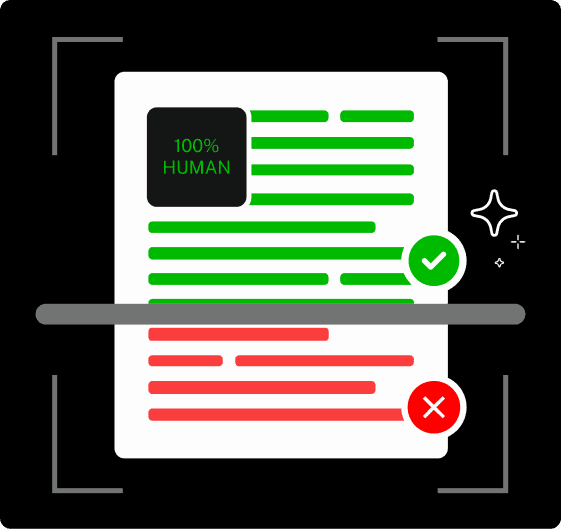
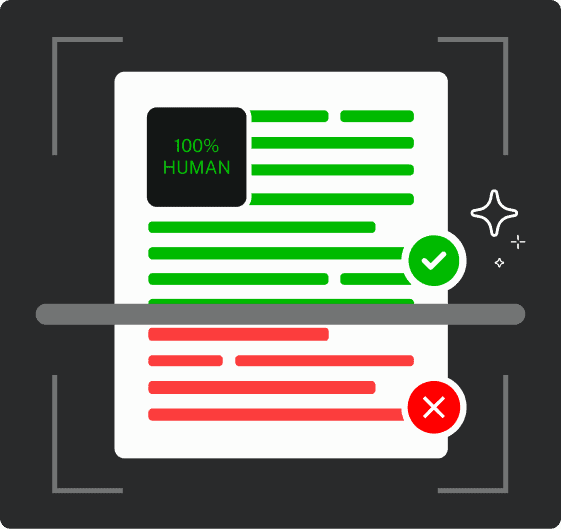
Never Worry About AI Detecting Your Texts Again. Undetectable AI Can Help You:
- Make your AI assisted writing appear human-like.
- Bypass all major AI detection tools with just one click.
- Use AI safely and confidently in school and work.
This is the core formula of analogies:
A is to B as C is to D
It shows how the relationship between the first pair matches the relationship between the second pair.
For example:
- Brain is to computer as heart is to pump.
- Here, the link is functional. The brain processes information just as a computer does, and the heart moves blood like a pump moves fluid.
- Here, the link is functional. The brain processes information just as a computer does, and the heart moves blood like a pump moves fluid.
- Reading is to the mind as exercise is to the body.
- This one highlights a beneficial effect. Reading strengthens the mind in the same way exercise strengthens the body.
Analogy vs. Metaphor vs. Simile
These three get mixed up because they all compare things, but the way they do it is different.
To understand what is the definition of analogy compared to other literary devices, the quickest way is by looking at how the comparison is built and why it’s used.
- Analogy: An extended comparison which highlights a relationship or function between two sets of things. Its purpose is to explain or clarify an idea by showing the connection.
- Example: Life is like a journey with destinations, detours, and unexpected stops.
- Example: Life is like a journey with destinations, detours, and unexpected stops.
- Metaphor: A direct comparison that equates one thing with another, without using like or as. Its purpose is to create impact or imagery by fusing the two concepts together.
- Example: Life is a journey.
- Example: Life is a journey.
- Simile: A surface-level comparison using the words like or as. Its purpose is to create a quick, relatable picture in the reader’s mind.
- Example: Life is like a box of chocolates.
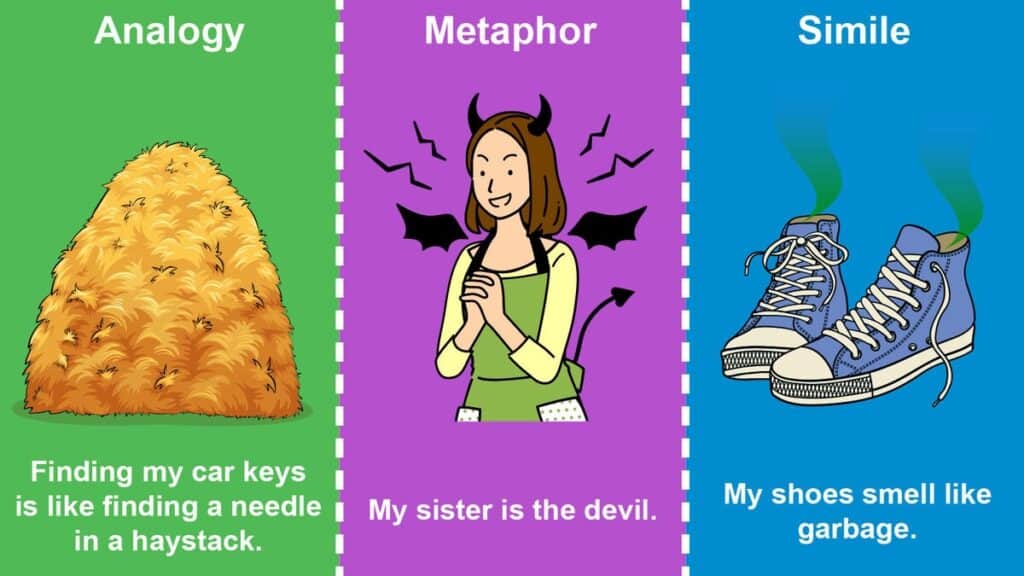
When writing, ask yourself what you want to achieve:
- If you want to explain, use an analogy.
- If you want to add power or symbolism, use a metaphor.
- If you want to paint a simple picture, use a simile.
Everyday Examples of Analogies
Here are a few common everyday examples of analogies:
- Time is to life as money is to business.
- Teacher is to classroom as coach is to team.
- Password is to computer as key is to door.
- Heart is to body as engine is to car.
- Pilot is to plane as captain is to ship.
- Ideas are to mind as seeds are to soil.
- Reading is to brain as fuel is to fire.
- Rules are to games as laws are to society.
- Compass is to traveler as map is to explorer.
- Editing is to writing as polishing is to jewelry.
Types of Analogies
What’s the definition of analogy when it comes to different categories?
Analogies have many forms, depending on the kind of relationship they highlight.
Understanding what is the definition of analogy across these various types helps you choose the right comparison for your specific need.
Here are the 4 different types of analogies with fresh examples for each:
- Functional Analogies focus on how things work.
Example: Scissors are to cutting as pen is to writing. - Structural Analogies show similarities in organization or design.
Example: Tree roots are to a tree as internet cables are to a network. - Causal Analogies emphasize cause-and-effect relationships.
Example: Rain is to flooding as drought is to crop failure. - Proportional Analogies use mathematical or logical ratios.
Example: 5 is to 10 as 15 is to 30.
Analogy in Grammar and Writing
- How Writers Use Analogies to Explain Complex Ideas
What is the definition of analogy in practical writing?

A good analogy uses “bridge principle.” Let’s see how this works:
You start with what people already know, and then use it to guide them into what they don’t.
What’s the definition of analogy in terms of its core function?
It’s like building a bridge from the familiar to the unfamiliar.
This is why a well-crafted analogy feels so effortless because it takes something abstract and suddenly makes it click.
Example:
If we explain memory storage to a naive, it would be too technical. But if we say,
→ “Your brain’s short-term memory is like a sticky note. It is useful for quick reminders, but it can only hold so much before you need a notebook,”
See how the comparison is creating an instant bridge?
Writers often take this a step further with what’s called a scaffolding approach.
What is this approach?
Instead of throwing readers straight into the deep end, they build the idea piece by piece.
Each step of the analogy adds a new layer of understanding until the big picture makes sense.
Example:
- Electricity is invisible and hard to picture.
- First, compare it to water flowing through pipes.
- Then explain that voltage is like water pressure.
- Finally, say that resistance is like a narrow pipe slowing the flow.
Piece by piece, the reader climbs the scaffold and suddenly, electricity doesn’t feel so abstract anymore.
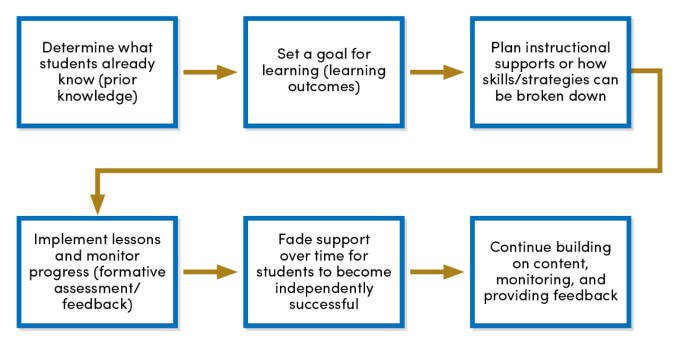
Analogies in Academic and Persuasive Writing
What is the definition of analogy in academic and persuasive writing context?
In academic writing, analogies make research accessible.
Example:
- DNA is like a blueprint.
… because it carries instructions for building life.
In persuasive writing, analogies are usually about emotion.
Example:
- Privacy rights are like property rights. If someone takes them, something important is stolen.
See how this has turned a complex legal issue into something personal that anyone can relate to?
But not every analogy works well. If the comparison is stretched too far, it can oversimplify or even mislead.
Instead of making things clearer, a weak analogy can end up confusing the truth.
To practice building strong, effective analogies in essays or professional writing, try Undetectable AI’s AI Essay Writer.
It helps structure comparisons clearly while avoiding weak or misleading ones.
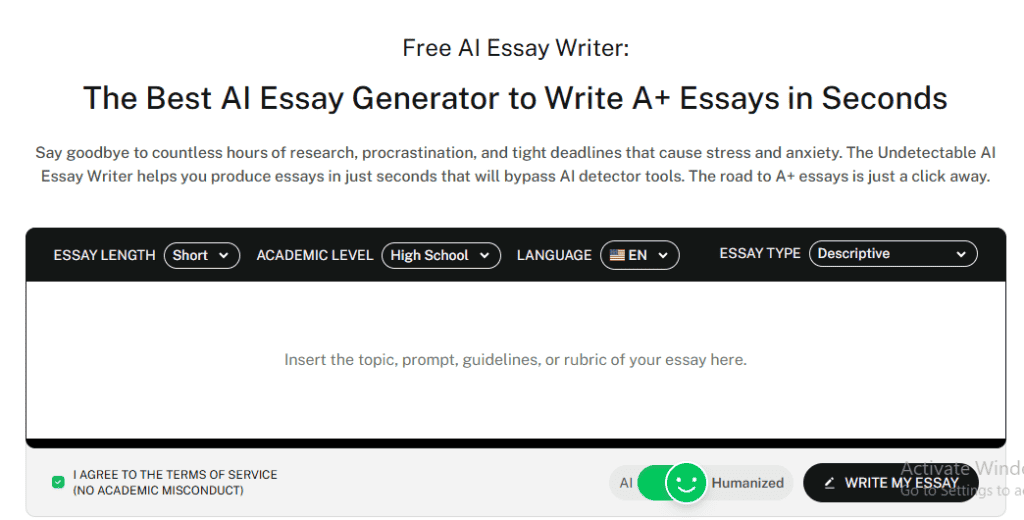
Analogies in Literature and Rhetoric
What is the definition of analogy in literature?
In literature, analogies can stretch into allegories, where a whole story is one big comparison.
Example:
- George Orwell’s Animal Farm is an analogy for political revolution and corruption.
In speeches, analogies are used to make complex issues easier to grasp.
Example:
- A leader might compare war → storm or an economy → engine.
Writers also use analogies to show character traits.
Example:
- He was like a lighthouse: steady, distant, guiding others but never moving.
Benefits of Using Analogies
The benefits of analogies can be grouped into two main areas: cognitive and communication.
| Category | Benefit | Explanation |
| Cognitive (How we think/learn) | Memory | Analogies are easier to remember because they give your brain both words and a picture to hold onto. |
| Understanding | They help you “get it” faster by connecting something new to something you already know. | |
| Long-Term Learning | Because the comparison is clear, the idea sticks with you much longer. | |
| Communication (How we share ideas) | Clarity | Analogies turn complicated ideas into simple ones that anyone can understand. |
| Interest | A good analogy keeps people listening because it feels fresh and relatable. | |
| Persuasion | They can move people emotionally by framing an idea in a way that feels personal or familiar. |
If you’re stuck finding the right analogy, use Undetectable AI’s AI Chat to brainstorm interactively.
It is perfect for essays, speeches, or creative writing.
Just type in your idea and let the tool spark fresh comparisons.
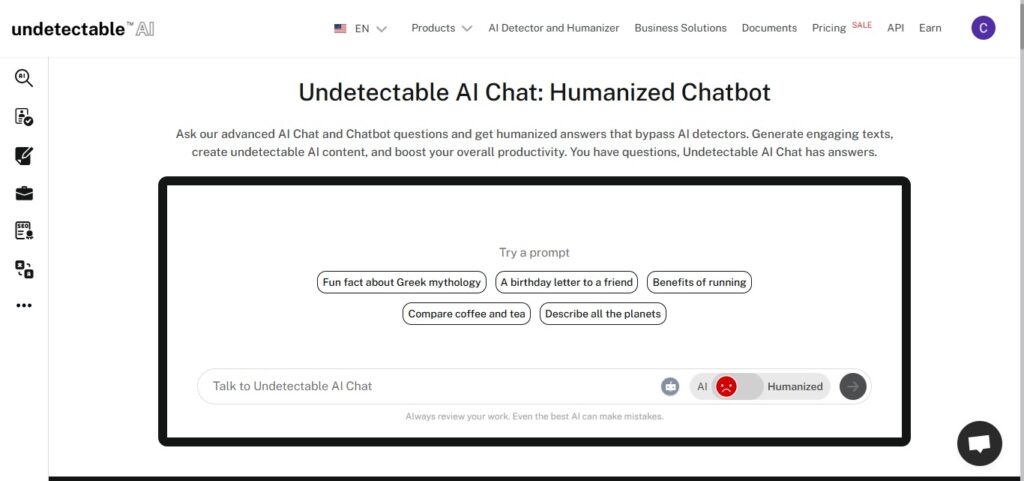
Try prompts like:
- Give me an analogy for teamwork that feels modern and relatable.
- Explain data privacy with an everyday analogy anyone can understand.
- Create a poetic analogy for resilience.
Real-World Applications of Analogies
Here are the 5 real-world applications of analogies:
- Healthcare
Example:
A cardiologist needs to explain coronary artery blockage to a 65-year-old patient who’s never studied anatomy.
→ Analogy: Think of your heart’s arteries like the plumbing in your house. Just as mineral deposits can clog your pipes and reduce water flow, cholesterol buildup narrows your arteries and restricts blood flow to your heart muscle.
- Technology
Example:
A cybersecurity expert needs to explain data encryption to a company’s leadership team.
→ Analogy: Data encryption is like sending a letter in a locked briefcase. Even if someone intercepts the briefcase during delivery, they can’t read the contents without the specific key. The stronger the lock (encryption level), the harder it is to break open.
- Education
Example:
A physics teacher needs to explain electrical current to high school students struggling with the abstract concept.
→ Analogy: Electrical current flowing through a wire is like water flowing through a garden hose. Voltage is the water pressure, current is the amount of water flowing, and resistance is like crimping the hose, it reduces the flow.
- Business Strategy
Example:
A startup CEO needs to explain market positioning strategy to investors and employees from diverse backgrounds.
→ Analogy: We’re not trying to be the biggest fish in the ocean – that’s impossible as a startup. Instead, we’re becoming the dominant predator in a specific pond (niche market). Once we own our pond completely, we’ll have the strength and resources to move into bigger waters.
- Personal Development
Example:
A life coach helping a client understand the relationship between habits and long-term success.
→ Analogy: Building good habits is like making deposits in a bank account. Each small action, reading 10 pages, exercising for 20 minutes, practicing gratitude. It might seem insignificant daily, but compound interest kicks in. After months or years, you wake up ‘wealthy’ in knowledge, health, and mindset.
Discover more tools here, or test our AI Detector and Humanizer in the widget below!
Conclusion
Analogies won’t guarantee attention, but they make the sentences clear and engaging.
These are deliberate choices, and they work.
So what is the definition of analogy? It’s a comparison that shows how two different things relate in the same way.
When you use analogies, people understand faster and remember longer.
For your career, your relationships, your impact, an analogy is that bridge. Use it.
Look around: tools and examples are everywhere. What will you make clear today that was confusing yesterday?
Before you dive into your next piece of writing, try Undetectable AI’s AI Chat for instant brainstorming and the AI Essay Writer for structured, compelling drafts.
Your audience is waiting. Make it click.
Start with Undetectable AI today to create content that’s not just clear, but also authentic and impactful.
